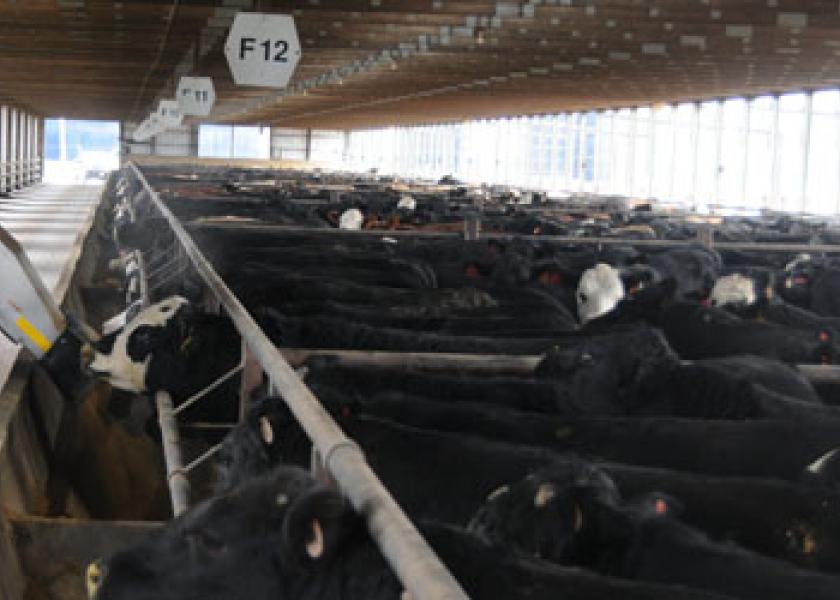Livestock Feed Price Alert

If you’re feeding cattle, watch for opportunities to lock in feed deals during the summer months.
After years of rising corn and feed prices, livestock producers might get a reprieve. With the opportunity to lock in corn at $4.50 to $5 per bushel, that could help reduce break-evens. But volatility means that farmers and feeders will have to watch the market and take opportunities to lock in feed prices when available.
"If planting expectations are realized and weather is favorable, livestock producers’ patience will be rewarded," says Bob Utterback, Farm Journal economist. The key is to lock in storage to take advantage of cash deals, as the basis will widen over the summer. There’s a 70% probability that corn futures will come under pressure and move to the $4.50 to $5 range, he adds. At that range, livestock producers might even want to look at locking up multiple years’ worth of feed needs. Corn prices are expected to rise as China’s demand strengthens and infl ation increases. For summer feed needs, Utterback suggests looking at the last weekend of April and early May to secure feed.
"The market is highly anticipating that corn acreage will be adequate to build carryover for 2012–13, giving livestock producers opportunities to make more affordable feed purchases," says Pro Farmer market analyst Julianne Johnston. "Of course, the key is weather. Without a major weather threat, livestock producers will benefit from a larger corn acreage base in the coming year. But a if a weather threat emerges, it would maintain a high level of price volatility."
Rainfall questions. The weather outlook shows warmer weather is here to stay, but the question is rainfall. While the overall outlook shows normal moisture conditions over much of the Corn Belt, there will be pockets of dryness.
The next few months of USDA crop condition reports will have an impact on prices, which will linger through next year. "Those prices will infl uence the profi tability of cattle currently being fed and may infl uence decisions about heifer retention and the timing of the rebuilding of the cowherd," says Darrel Good, an Extension economist at the University
of Illinois.
If cattle feeders begin showing positive returns, the signal will trickle down to cow–calf producers to ramp up calf production to meet demand from feeders and packers.







